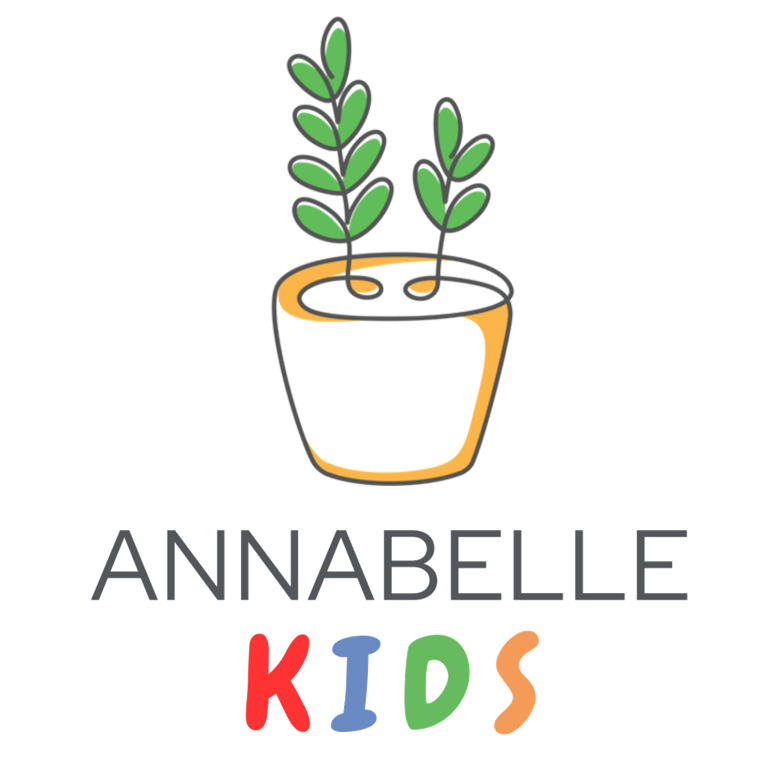Play
Childhood often revolves around play – Not only is it fun, but it also helps us develop important skills for life! Let’s explore child-led play and independent play, and discover how to incorporate learning into them.
Play-based learning
Benefits of play-based learning
Learning through play improves creativity, problem-solving skills, communication skills, physical development and encourages curiosity for learning.
Moreover, engaging in play-based learning with your child is likely to improve your relationship with them.
How can we encourage play?
Describe what your child is doing.
“Woah! You are building the blocks so high up, it looks amazing!”
Make appropriate “cheer”
High-five, fist-bump, clap during activity
Give praise to the process rather than your child.
Let your child make their own decisions about how they want to play, as long as it is not dangerous.
Withhold any judgement and let go of what is the “right” way of doing things.
How to play
Child-led play (Adapted from Hanen, 2011)
To help our children develop certain skills, we might feel an urge to direct their play. But following their lead is the way to go - it encourages them to take ownership and fosters their love for learning.
Observe, Wait and Listen (OWL)
What objects or toys is your child interested in and what do they do with them?
Give your children plenty of time to explore to find out what they enjoy doing on their own.
Get Face-to-Face
Encourage interaction with your child by going down to their eye-level
This may involve you getting down onto the floor, looking directly at them and showing interest in what they are doing.
Imitate
Imitate the actions or sounds that you observe your child doing!
This captures their attention and can help you establish a connection with your child
Interpret
When your child makes a sound or performs an action, say what you think they would be saying if they could.
Match their gestures, actions or sounds to a word
This could mean saying “throw!” if you observe your child making a sound when he/she is throwing a ball.
Go with the Flow
Respond to your child’s words or gestures.
Watch out! If they lose interest or change their focus, shift your attention along with them and follow their lead!
Independent play
Play time with parents is beneficial to learning, but having solo play is also necessary!
Benefits of independent play
Foster imagination and creativity
Teach patience and resilience
Build resilience and problem-solving skills
Develop self-reliance and confidence
Discover their own strengths and interests
How can we encourage independent play?
Spend time together
Give your child focused parental attention several times a day.
This may make them more willing to play independently at other moments.
Offer passive toys
Active toys encourage the child to watch silently (e.g. battery-operated toys that make music and light up)
Passive toys encourage exploration as they require the child to actively participate (e.g. wooden blocks or ring stacks)
Offer age-appropriate toys
Save the more difficult toys for when you’re playing together
If they’re too (un)challenging, your child will inevitably seek you out.
Create a play zone
Stay within eye/earshot but don’t step in unless necessary. This lets them feel safe and secure.
Make it a routine
Having a fixed ‘me time’ each day will let your child learn to expect and enjoy it.
How long should my child be able to play independently?





